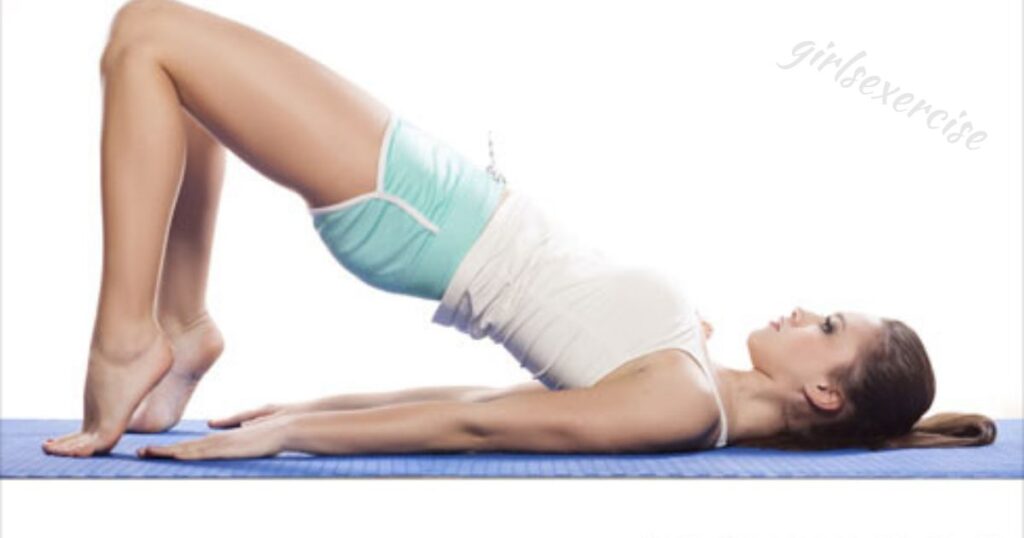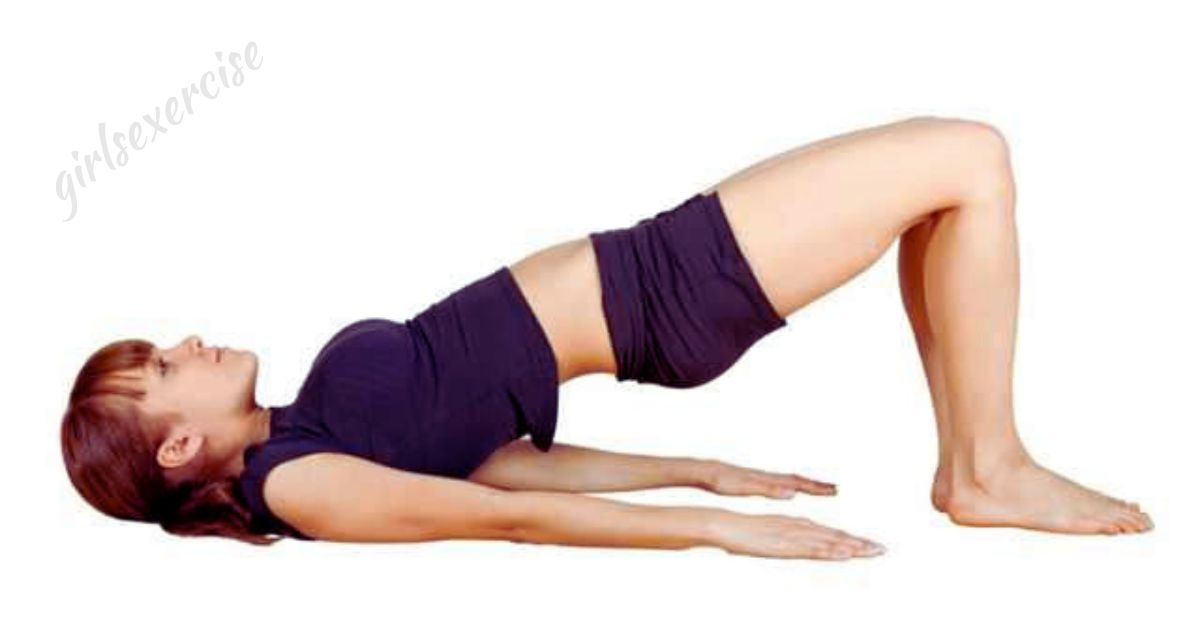Embarking on the transformative journey of pelvic health, the Kegel exercises for beginners guide is a compass for optimal well-being. In this comprehensive exploration, novices are introduced to the essence of Kegel exercises, unlocking mastery over the intricate pelvic floor muscles.
As we delve into the step-by-step tutorial, precision becomes the watchword, navigating beginners through the nuanced process of muscle engagement and relaxation with unparalleled clarity.
Tailoring Kegels to individual needs unveils personalized approaches, addressing postpartum recovery, age-related concerns, and specific health conditions. Troubleshooting common challenges becomes an art, empowering beginners to overcome pitfalls with finesse.
Beyond basics, advanced benefits unfold, elevating Kegel exercises into a holistic practice for enhanced core stability, sexual satisfaction, and overall well-being.
Understanding the Essence of Kegel Exercises Unlocking Pelvic Floor Mastery:

The Significance of Pelvic Floor Muscles: Holistic Insights into Their Role
The pelvic floor muscles are a hidden powerhouse within our bodies, responsible for a multitude of essential functions. These muscles form a supportive sling at the base of the pelvis, supporting organs like the bladder, uterus, and rectum.
Understanding their role is crucial; a weakened pelvic floor can lead to issues like urinary incontinence, pelvic organ prolapse, and sexual dysfunction. Exploring the anatomy of these muscles reveals their interconnectedness with the core, spine, and hips.
They act as stabilizers, providing support for posture, and balance, and even aiding in sexual function. Their endurance and strength are vital for day-to-day activities, from simply walking to more strenuous exercises.
Initiating Kegel Exercises: Unravelling the Techniques for Beginners
Embarking on Kegel exercises involves learning the art of isolating and engaging these muscles effectively. Beginners often face the challenge of identifying and activating the pelvic floor correctly.
Techniques involve starting with simple contractions, holding them for a few seconds, and then gradually releasing them. Visual aids or biofeedback tools can assist in ensuring proper muscle engagement.
Developing mindfulness and body awareness plays a pivotal role in Kegel exercises. Focused breathing techniques, visualization, and mindful relaxation techniques aid in mastering control over these muscles.
This step-by-step approach ensures beginners grasp the subtleties of muscle engagement and relaxation, setting the foundation for progressive improvement.
Comprehensive Benefits: Beyond Strengthening the Pelvic Floor
The benefits of Kegel exercises extend far beyond merely strengthening the pelvic floor. Enhanced pelvic floor muscles contribute to better bladder control, preventing urinary leakage or incontinence.
Improved sexual satisfaction and responsiveness are also notable benefits, as stronger pelvic muscles can lead to more intense orgasms and increased vaginal tone.
Beyond these, strengthened pelvic floor muscles are integral in supporting the body during pregnancy and childbirth. Postpartum recovery often involves Kegel exercises to restore pelvic floor strength and aid in healing.
For individuals with specific health conditions like pelvic pain or lower back issues, properly executed Kegels can provide therapeutic relief, emphasizing their versatility in addressing diverse health concerns.
Step-By-Step Tutorial Navigating The Journey Of Kegel Exercises With Precision:

Understanding the Basics: Grasping the Core Concepts of Kegel Exercises
To embark on the journey of Kegel exercises, it’s crucial to first comprehend the foundational principles. Beginners must understand the specific muscles they’ll be targeting—the pelvic.
Floor muscles—and their role in supporting bodily functions. Illustrations or diagrams can aid in identifying these muscles, fostering a deeper connection between mind and body.
The initial step involves locating the pelvic floor muscles. Techniques such as interrupting the flow of urine or inserting a finger into the vagina and contracting the muscles around it can help individuals identify the precise muscles they need to engage during Kegel exercises.
Mastering Technique: Precision in Muscle Engagement and Relaxation
Once the muscles are identified, mastering the technique becomes the focal point. Guiding beginners through the process of contracting and relaxing these muscles with precision is essential.
A gradual approach, starting with gentle contractions, holding for a few seconds, and then releasing, helps beginners gain confidence and control. Exploring variations in intensity, duration, and rhythm of contractions adds depth to the exercise.
This step-by-step progression enables individuals to understand the nuances of muscle engagement, fostering a sense of accomplishment with each milestone achieved.
Customizing Your Routine: Tailoring Kegel Exercises for Personalized Progress
The journey of Kegel exercises isn’t one-size-fits-all; customization is key. Encourage beginners to tailor their routines to suit their needs and capabilities. Some may benefit from incorporating different positions, such as standing, sitting, or lying down, to better isolate and engage the pelvic floor muscles.
Introduce the concept of progression by gradually increasing the number of repetitions and the duration of contractions. Tracking progress through a journal or app can provide a sense of achievement and motivation. Emphasize consistency rather than intensity, encouraging regular practice to yield long-term benefits.
This step-by-step tutorial aims to demystify Kegel exercises, empowering beginners to embark on their journey with confidence and precision.
By understanding the basics, mastering techniques, and customizing routines, individuals can navigate this exercise regimen effectively, paving the way for improved pelvic floor strength and overall well-being.
Tailoring Kegels to Individual Needs Personalised Approaches for Optimal Results:

Postpartum Recovery: Restoring Strength and Functionality
For individuals in the postpartum phase, Kegel exercises play a pivotal role in restoring pelvic floor strength and function. Guiding new mothers through gentle yet effective exercises aids in the healing process after childbirth.
Emphasize the gradual nature of these exercises, starting with light contractions and progressing gradually as the body heals.
Offering variations in positions—such as seated, lying down, or standing—ensures flexibility in engaging the pelvic floor muscles. Highlight the significance of incorporating Kegels into daily routines to expedite recovery and prevent issues like urinary incontinence or pelvic organ prolapse.
Age-Related Concerns: Addressing Changes and Maintaining Vitality
As individuals age, changes in hormone levels and muscle tone can impact the pelvic floor. Tailoring Kegel exercises for seniors involves introducing gentle yet effective techniques to maintain muscle tone and prevent issues like urinary incontinence or pelvic floor weakening.
Encourage consistent practice while emphasizing the importance of patience and persistence. Suggest modifications to accommodate any physical limitations, promoting exercises that can be performed while sitting or lying down. This personalized approach fosters confidence and a sense of control over one’s health.
Specific Health Conditions: Adapting Kegels for Therapeutic Benefits
For individuals dealing with specific health conditions—such as pelvic pain, lower back issues, or prostate problems—customizing Kegel exercises can offer therapeutic benefits. Collaborating with healthcare professionals, tailored exercises can be designed to alleviate symptoms and improve overall well-being.
Highlight the importance of proper technique and gradual progression while being mindful of any discomfort or pain. Educate individuals about the potential therapeutic effects of Kegels in managing their condition, instilling a sense of empowerment and proactive engagement in their own health journey.
Tailoring Kegel exercises to individual needs involves recognizing the unique circumstances of each person and providing personalized guidance. By addressing postpartum recovery, age-related concerns, and specific health conditions, individuals can harness the full potential of Kegels, fostering improved pelvic health and overall well-being.
Overcoming Common Challenges A Troubleshooting Guide to Kegel Excellence:

Identifying and Engaging the Right Muscles: Precision in Muscle Activation
One of the primary challenges beginners face is identifying and engaging the correct muscles of the pelvic floor. Guide individuals through techniques that assist in pinpointing these muscles, such as visualizations, using biofeedback devices, or seeking guidance from a pelvic health specialist.
Offer exercises that focus on isolating these muscles, emphasizing the importance of relaxation between contractions. Encourage patience and persistence, as mastering this fundamental step sets the foundation for effective Kegel exercises.
Maintaining Consistency and Motivation: Cultivating a Sustainable Routine
Consistency is key in reaping the benefits of Kegel exercises, yet maintaining a routine can be challenging. Provide strategies to integrate Kegels into daily life, such as associating them with existing habits or setting reminders.
Emphasize the gradual nature of progress, celebrating small victories to sustain motivation. Introduce variety into routines to prevent monotony. Incorporating different positions, adjusting durations and intensities, or exploring Kegel exercises during various activities can keep the practice engaging and enjoyable.
Overcoming Plateaus and Tracking Progress: Strategies for Growth
Plateaus in progress can be discouraging. Offer guidance on overcoming these plateaus by introducing progressive challenges. Advise individuals to increase repetitions, hold contractions longer, or explore advanced variations to stimulate muscle growth.
Encourage the use of tracking tools like journals or apps to monitor progress. Celebrate milestones and improvements, reinforcing the notion that progress might not always be linear but is nonetheless significant.
This troubleshooting guide aims to empower individuals by addressing common challenges in Kegel exercises. By providing strategies to identify muscles, maintain consistency, and overcome plateaus, individuals can navigate hurdles effectively, leading to improved pelvic floor strength and overall wellness.
Beyond Basics Elevating Kegel Exercises for Advanced Benefits:

Core Stability and Beyond: Strengthening the Foundation for Physical Health
Advanced Kegel exercises not only fortify the pelvic floor but also contribute significantly to overall core stability. By incorporating these exercises into broader core workouts, individuals experience enhanced stability, improved posture, and greater support for the spine.
Delve into advanced techniques that integrate Kegels with other core-strengthening exercises, creating a holistic approach to fitness.
Highlight the profound impact on daily activities, from functional movements to athletic performance, showcasing the interconnectedness of a strong pelvic floor with overall physical strength.
Sexual Satisfaction and Intimacy: Amplifying Pleasure and Connection
Elevating Kegel exercises opens doors to amplified sexual satisfaction and intimacy. Strengthened pelvic floor muscles lead to heightened sensations and improved muscle control during intercourse, increasing pleasure for both partners.
For women, this can result in intensified orgasms and increased vaginal tone, enhancing sexual wellness. Offer guidance on specialized exercises designed to specifically target the muscles involved in sexual function, emphasizing the potential for deeper connection and satisfaction.
Encouraging open communication and collaboration with partners in incorporating Kegels into intimacy fosters a supportive and fulfilling relationship.
Holistic Well-being: Embracing Emotional and Mental Health Benefits
Beyond the physical aspects, advanced Kegel exercises contribute to holistic well-being, encompassing emotional and mental health. Engaging in these exercises promotes mindfulness, fostering a deeper connection between mind and body.
The practice of mindful breathing and relaxation techniques during Kegels cultivates a sense of tranquillity and reduces stress. Highlight the potential for increased self-confidence and body awareness that stems from mastering advanced techniques.
Empower individuals to view Kegel exercises as a form of self-care, contributing to overall mental and emotional resilience. Elevating Kegel exercises to an advanced level unveils a myriad of benefits, from core stability to heightened sexual satisfaction and emotional well-being.
By exploring these advanced realms, individuals can harness the full potential of Kegel exercises, enriching their lives on multiple levels.
Conclusion:
Mastering Kegel exercises as a beginner unlocks a journey toward enhanced pelvic health and overall well-being. Understanding the basics, from identifying the pelvic floor muscles to mastering the technique, lays a strong foundation.
As beginners progress, customizing routines to individual needs becomes pivotal, addressing concerns like postpartum recovery, age-related changes, and specific health conditions.
Overcoming challenges through troubleshooting guides and embracing the journey of Kegel exercises empowers beginners to cultivate a lifelong practice for sustained pelvic health. The beginner’s guide to Kegel exercises serves as a gateway to discovering the nuances of pelvic floor strength.
It’s a journey that goes beyond muscle contractions, offering personalized approaches and addressing challenges to pave the way for improved pelvic health, increased confidence, and a deeper understanding of one’s own body. Through commitment and consistency, beginners embark on a transformative path toward holistic well-being.
Faqs About kegel exercises for beginners guide:
What are Kegel exercises, and why are they important for beginners?
Kegel exercises involve contracting and relaxing the pelvic floor muscles, vital for bladder control, sexual function, and core stability. For beginners, they establish a foundation for pelvic health and address issues like urinary incontinence.
How can I identify my pelvic floor muscles as a beginner?
Beginners can locate these muscles by stopping urination midstream or by imagining holding in gas. Once identified, practice contracting and relaxing these muscles outside of urination to become more familiar with their engagement.
How often should beginners do Kegel exercises?
Start with a routine of 3 sets of 10 repetitions a day, gradually increasing as comfort and muscle strength improve. Consistency is key—performing them daily yields better results over time.
Can anyone, regardless of age or gender, benefit from Kegel exercises as a beginner?
Absolutely! Kegel exercises benefit individuals of all ages and genders. They’re especially beneficial for pregnant women, postpartum recovery, men with prostate issues, and seniors aiming to maintain pelvic floor strength.
Are there variations of Kegel exercises for beginners?
Yes, beginners can experiment with different positions (sitting, standing, lying down) to engage the pelvic floor muscles. Varying the duration and intensity of contractions also helps in building strength gradually.
When can beginners expect to see results from Kegel exercises?
Results vary, but beginners may notice improvements in bladder control within a few weeks to a few months. However, consistent practice is essential for long-term benefits.
Can Kegel exercises be harmful if done incorrectly by beginners?
Improper technique might strain other muscles, but when performed correctly, Kegel exercises are safe. Beginners should ensure they’re contracting the right muscles and avoid overexertion to prevent discomfort or injury.




Hi, I really enjoy your article. Could we continue to communicate about your posts on AOL? I need a specialist in this field to solve a problem I’m having. Perhaps you could be that person. I look forward to speaking with you.